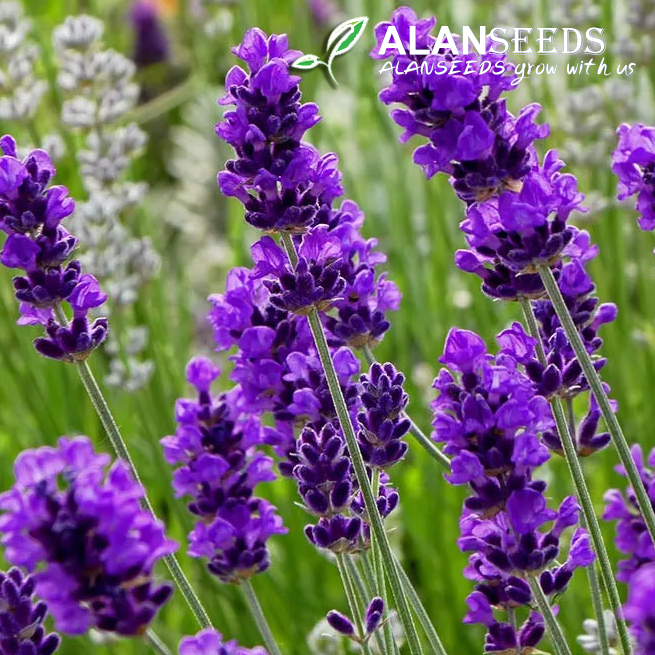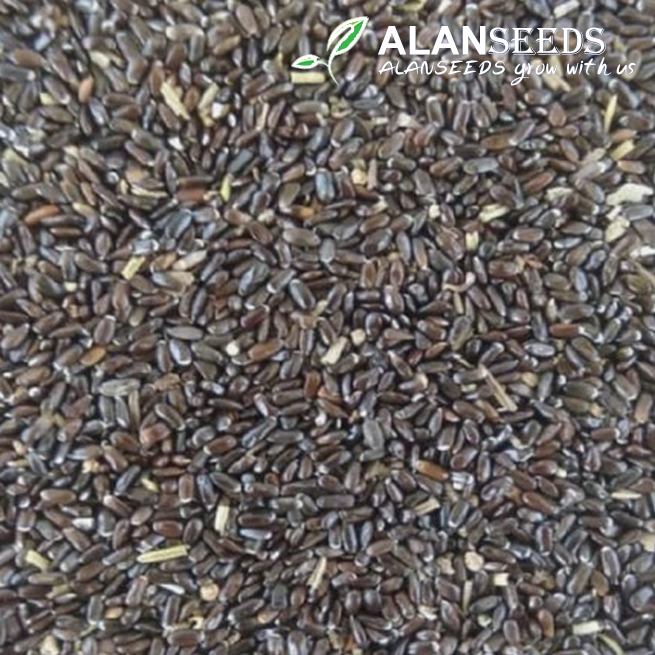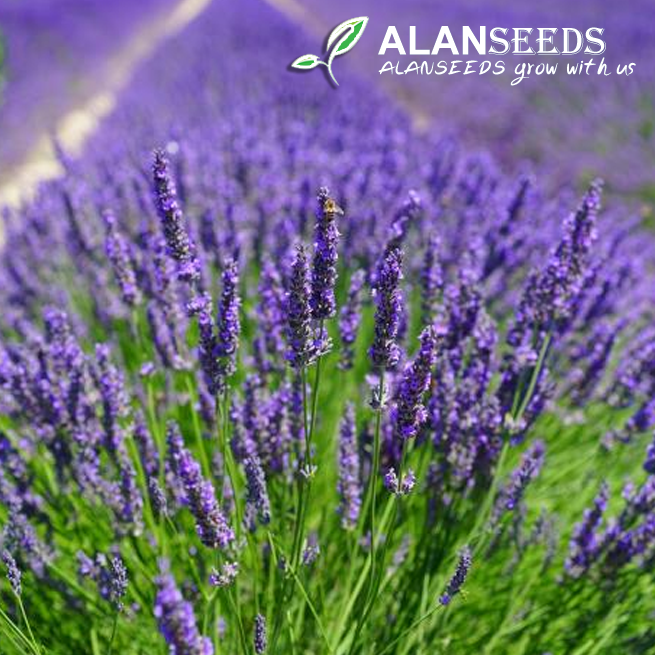Hey there, green thumbs! Ready to dive into the world of growing lavender? Well, you’re in for a fragrant treat! Whether you’ve got a big garden or just a windowsill, you can grow this beautiful plant easily. Here’s a simple guide to get you started:

Lavender Organic Seeds – Heirloom, Open Pollinated, Non GMO – Grow Indoors, Outdoors, In Pots

Lavender Organic Seeds – Heirloom, Open Pollinated, Non GMO – Grow Indoors, Outdoors, In Pots
1. Gather Your Supplies
- Lavender seeds (make sure they’re organic, heirloom, open-pollinated, and non-GMO)
- Pot or garden plot with well-draining soil
- Watering can or spray bottle
- Sunlight (lavender loves it!)
- Optional: fertilizer (organic is best!)
2. Choose Your Spot
- Lavender loves sunlight, so pick a spot that gets at least 6 hours of sun per day.
- If you’re growing indoors, place your pot near a sunny window.
3. Planting Time
- If you’re growing in pots, fill them with well-draining soil. Lavender doesn’t like wet feet, so make sure the soil isn’t soggy.
- Plant your seeds about 1/4 inch deep in the soil. You can plant multiple seeds in one pot, just make sure to space them out a bit.
- Water your seeds gently. You want the soil to be moist, but not drenched.
4. Patience is Key
- Lavender seeds can take a while to sprout, so be patient! It might take anywhere from 1 to 4 weeks to see those little green shoots popping up.
- Keep watering your seeds regularly, but don’t overdo it. Too much water can cause the seeds to rot.
5. Care and Maintenance
- Once your lavender starts growing, water it when the soil feels dry to the touch. Lavender is pretty drought-tolerant, so it’s better to underwater than overwater.
- If you’re growing in pots, you might need to repot your lavender once it outgrows its container.
- You can also fertilize your lavender occasionally to keep it happy and healthy. Just be sure to use organic fertilizer.
6. Harvesting Your Lavender
- When your lavender plants start producing flowers, you can harvest them for all sorts of uses! Wait until the flowers are fully open, then snip them off with scissors.
- You can use your freshly harvested lavender for making sachets, potpourri, or even cooking!
7. Enjoy Your Lavender
- Once you’ve harvested your lavender, sit back and enjoy its beauty and fragrance! Lavender is not only lovely to look at but also has a calming scent that can help you relax.
And there you have it, folks! Growing lavender from organic seeds is easy-peasy, lemon-squeezy. Just give it plenty of sunlight, a little water, and some love, and you’ll be rewarded with beautiful blooms in no time. Happy gardening!




